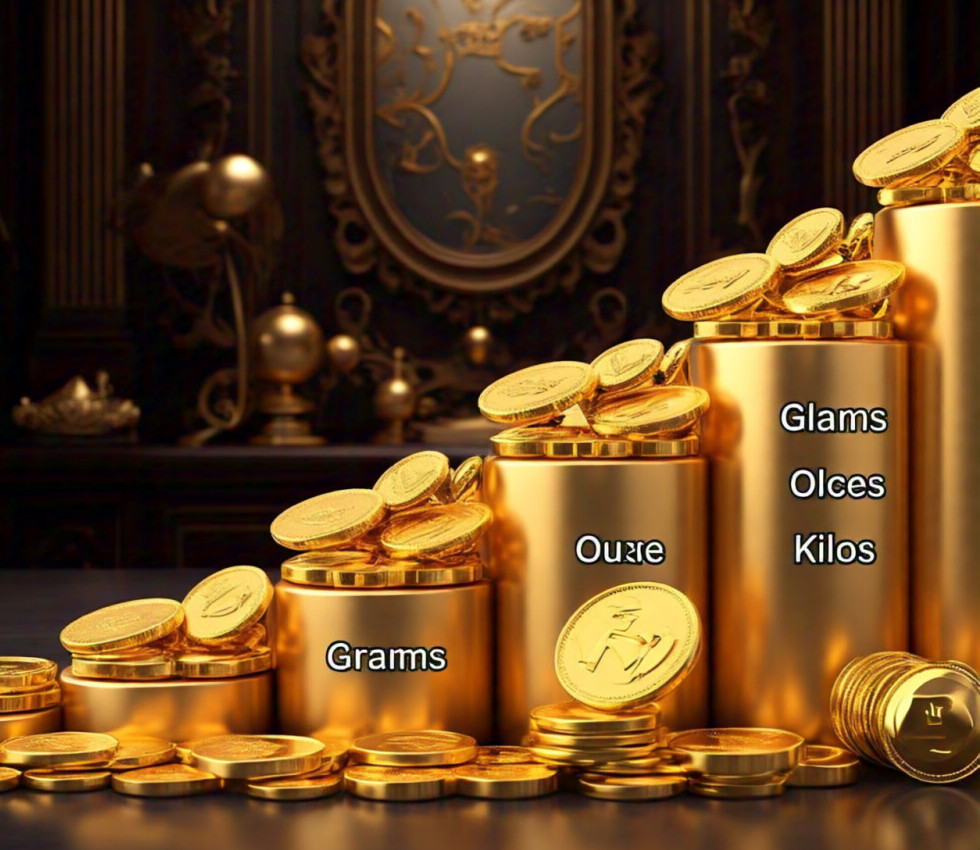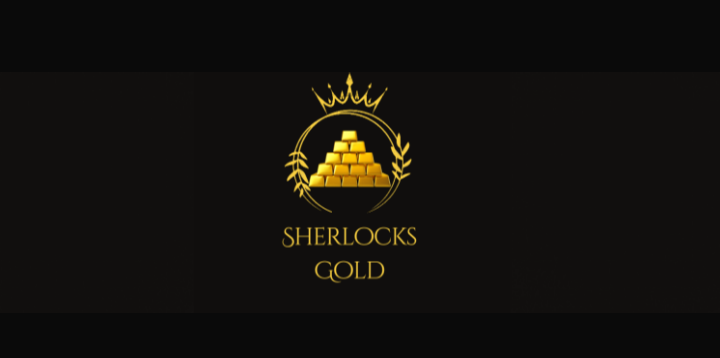
Big Dan Boomer’s got it right when he says, “Best way to save? Make sure it’s not paper.” He’s hinting at something we might overlook—real money, unlike the printed kind, holds more than face value. It’s not just about filling your wallet; it’s about stacking up something that doesn’t just vanish when economies shift.
Now, let’s break this down. Real money, or tangible assets, has stood the test of time. Think back to ancient civilizations. They relied on metals, stones, things you could touch and hold. Unlike today’s fiat money, these had intrinsic value. The coins and materials people used weren’t only legal tender because a government said so—they were valuable because they were made of something worth having.
Dive into the real versus printed money debate. Printed money might look solid, but its value can shrink overnight. Ever heard of inflation? It’s that silent thief that eats away the purchasing power of your savings. In contrast, real assets—like gold, silver, other precious metals—tend to hold their value, even shine a little brighter when economies dim.
Understanding the historical stability of real money is key. Remember the gold standard? Countries once backed their currencies with gold reserves, adding a layer of trust that’s slim today. Without this, currencies can be influenced by market forces or government policies, leading to fluctuations which the regular Joe can’t control and often doesn’t get a heads-up about.
And here’s the kicker—that intrinsic versus face value thing. Real money isn’t just numbers on a slip of paper or figures in a digital account. It’s rooted in something tangible, something that doesn’t just vanish into thin air when market bubbles burst. So, when thinking of where to stash your savings, consider this old wisdom of real over printed. It could mean the difference between solid footing and slippery ground in tough times.
Building Wealth: The Transformation from Grams to Kilos

Ever heard the line ‘Get your weight up, grams turn into ounces and ounces turn into kilos’? It’s a reminder that wealth isn’t built overnight. It’s all about gradual growth, starting from those small steps that might not seem like much at first.
Picture this: you start saving little by little, thinking those extra pennies won’t make much of a difference. But, just like saving up grams, they eventually turn into ounces, and soon enough, you’re working with kilos of wealth. The trick is consistency and patience—two things that pay off big time.
Now, how do you actually get your weight up in terms of money? Begin by setting achievable goals. Save a small percentage of your income regularly, letting compound interest do its thing. It might seem tiny at first, but that’s the way compounds work—they grow faster over time.
Next, diversify your investments. Spread your savings across different baskets to minimize risks. Real-life examples? Look at micro-investments, savings accounts with good interest rates, and maybe even stock market ventures if you’re feeling adventurous. These could be the grams turning into ounces.
And remember, discipline is your buddy here. Avoid quick fixes or get-rich-quick schemes. Building wealth the solid way requires sticking to your plan even when temptation strikes. You might be skipping out on immediate pleasures, but the security you’re stacking up is worth it.
Making Your Assets Hard and Valuable: The Power of Precious Metals
Let’s talk about putting the ‘hard’ in hard assets, which means investing in things like precious metals. Big Dan Boomer isn’t kidding when he says ‘real money is weighed not printed.’ Precious metals like gold and silver are time-tested investments that provide a solid foundation when financial storms roll in.
Unlike other investments, precious metals are universally recognized and accepted. This means they’re easier to trade and barter than, say, real estate. When you need quick liquidity, unloading a bit of gold or silver is often faster and more straightforward than selling property. This flexibility is handy when times are tight, adding a layer of security to your financial landscape.
Another compelling reason to consider these metals is that they don’t typically lose value even when traditional markets fluctuate. Over the years, gold and silver have shown resilience, often increasing in value when paper money and digital currencies face downturns. They’re like a safe harbor in economic rough seas.
It’s essential to understand how to manage these assets properly. While they’re a great way to back your wealth, holding onto a mountain of metal isn’t practical. Storage and security are considerations—be sure your approach to precious metals is well-planned and thought-out. Look into reliable storage options or invest in ETFs that mirror the value of these metals.
Adding precious metals to your portfolio can balance out your financial setup, offering stability when other investments might waver. It’s about creating a blend of safety and growth potential that suits your unique needs and goals. With the right mix, you might find yourself better shielded against the ups and downs that naturally come with financial markets. Great place to start saving on auto is Quicksilver.me and a great place to get a membership to get preious metals at cost is At Cost Metals. Start getting your weight up one gram at a time. Remember if you don’t hold it , you dont own it!
